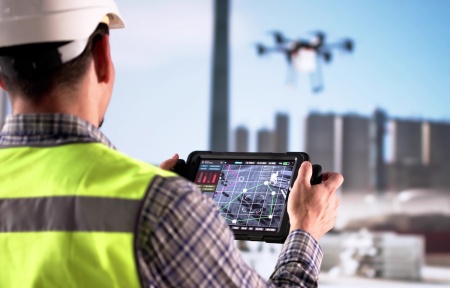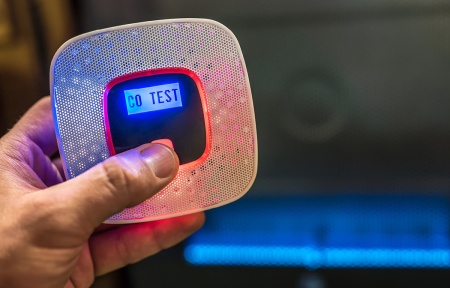The following is from the GAWDA December 2019 Monthly Safety Organizer.
Frequently Asked Questions – Electronic Tracking of Lot Numbers
Q – I input the medical and food gas lot numbers into my accounting software. Do I also need to have a paper record of the lot number distribution?
A – Not necessarily. If you intend to use your accounting/cylinder tracking software to manage your medical/food gas lot number distribution, you need to validate that software. If your software vendor does not have a validation package, contact [email protected]. We have sample procedures that may be able to help.
Frequently Asked Questions – CGA SB-26
Q – Is CGA SB-26, Cylinder Connections on Portable Liquid Cryogenic Cylinders, still in effect since the FDA adopted the new container and closure rules?
A – Yes. The relevant portion of the new FDA regulations specify:
Portable cryogenic medical gas containers that are not manufactured with permanent gas use outlet connections (e.g., those that have been silver- brazed) must have gas-specific use outlet connections that are attached to the valve body so that they cannot be readily removed or replaced (without making the valve inoperable and preventing the containers’ use) except by the manufacturer.
CGA SB-26 was developed in 2000 following several tragic incidents where cryogenic container outlet connections had been switched to connect the wrong gas to a customer’s distribution system. Using different words, the FDA has adopted the principles behind CGA SB-26.
We strongly encourage you to get your own copy of CGA SB-26 and follow its guidance. This publication is available for free to GAWDA members who participate in the CGA Safety Program (www.cganet.com). If you are not a part of the CGA Safety Program, this would be a good time to join. Otherwise, the publication’s cost is only $5.00.
Compliance To Do List – Review your Drug Listings
The FDA drug registration and listing regulations (21 CFR 207) require drug manufacturers to review their online drug labels in June and December each year. Look for obsolete labels, “unapproved medical gas” statements, or errors in the submission.
To verify your Drug Listing log on to: http://dailymed.nlm.nih.gov/dailymed/search.cfm. Enter your NDC Code (Labeler Code). Let [email protected] know if you would like to know your labeler code.
December Medical Gas Roundtable (12/20/2019) – Subparts J & K – Records and Reports/ Returned and Salvaged Drug Products
These GAWDA Medical Gas roundtables are excellent sources of CGMP training and the latest industry compliance news. In December, we discussed the various records required by the FDA. In addition, we have an easy to use handout about how to document your Annual Records Review.
We also conducted the following webinars in December:
- Specialty Gas – Gas Chromatography Fundamentals
- Food Gas Roundtable – 21 CFR Part 117 – Subpart G – Supply-Chain Program
These and other webinars are available as a streaming recording at a time convenient to you. If you are unable to view the webinar live, just let us know and we will send you the link to the recording. If you would like to receive invitations to the training webinars, just send an email to [email protected].
Micro-audit
This section of the Medical Gas Bulletin lists small steps you can take each month to improve your medical gas management system. These steps are not designed to be a full audit, but rather small steps to sample your compliance.
For this month, simply do these items:
Complaints – Verify that your complaint file has any instances of customers asking for credit because they thought the cylinder was not full. (Even if the complaint was found to be without merit).
Quality Control Unit (QCU) Review – Verify that your QCU reviews all complaints.
Other Lots? – Be sure your complaint investigations consider whether any other cylinders from the same or different lots should be investigated. Document your decision to not investigate other cylinders/batches on the complaint record.








